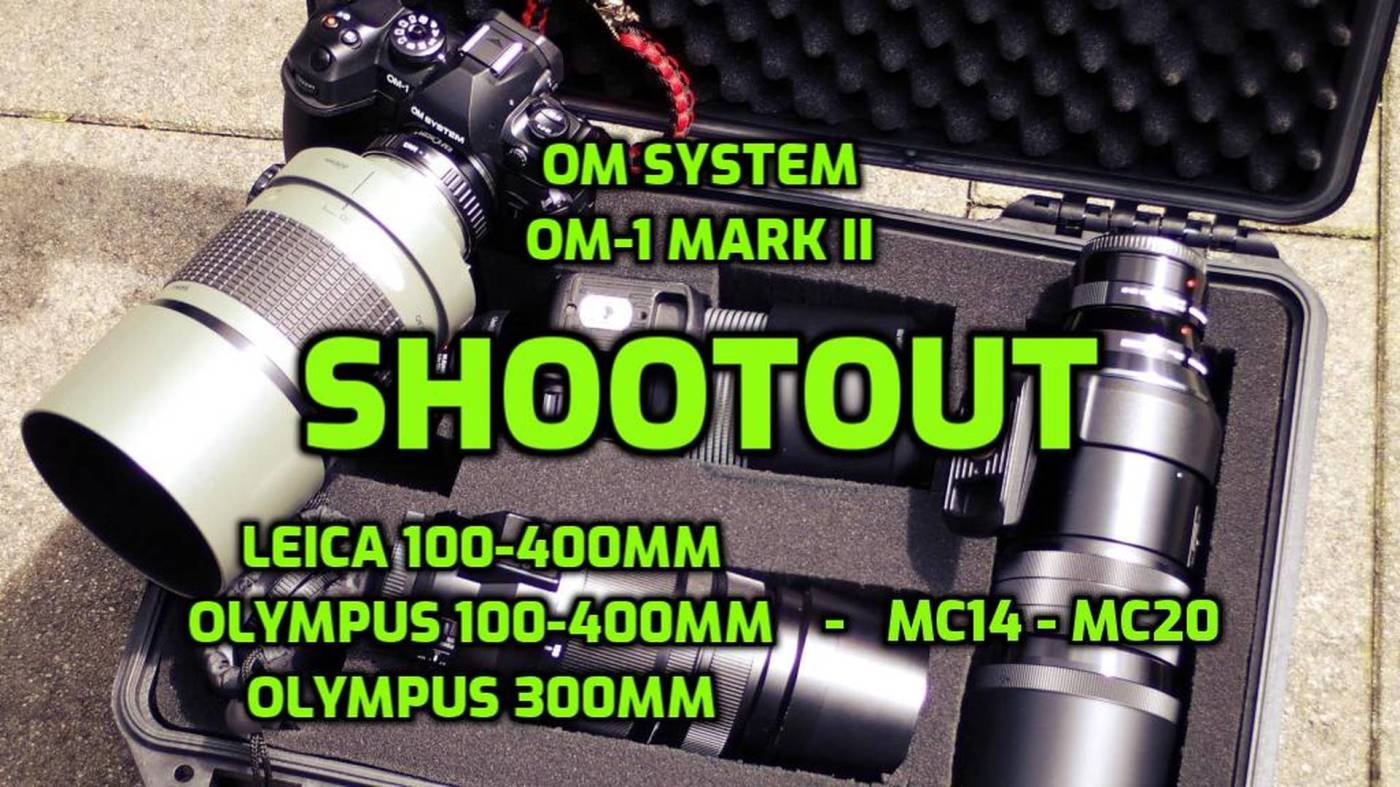When I decided not to purchase the OM System 150-600mm f5-6.3 lens, it was for several reasons:
- High price
- Relatively big and heavy compared to my current gear
- Existing lenses that would be underutilized
To even more justify my decision, I tested my lenses for field of view (FOV) with and without teleconverters (1.4x and 2.0x) and also a 600mm f8 Sigma mirror lens. I wanted to understand the field of view (FOV) of a 600mm lens, specifically the OM System 150-600mm lens. I also wanted to compare it with my smaller lenses, see if they can cover the same range using converters, and determine if the images produced are still of good quality. Additionally, I’m curious if such a long focal length is actually necessary.
Except for my Leica, my two other Olympus lenses and the Sigma could match or exceed the FOV of the OM 150-600mm. I used a stationary subject (a stainless steel chimney cap) at about 38m, handheld, with auto ISO and 1/500 shutter speed, similar to shooting still birds or wildlife.
The test setting :
- Location : front garden
- Target : neighbours chimney +- 38m
- Condition : windstill – cloudy
- Methode : handshot only
- Camera : OM System OM-1 Mark II
- Lenses : Leica 100-400mm – Olympus 100-400mm – Olympus 300mm Pro – MC14 – MC20 – Sigma 600mm f8 Mirror
All test photos can be viewed at 2500px and were taken handheld at 1/500 shutter speed with auto ISO, always aiming for the same spot, which was really challenging at 600mm field of view handshot.
Equipment :
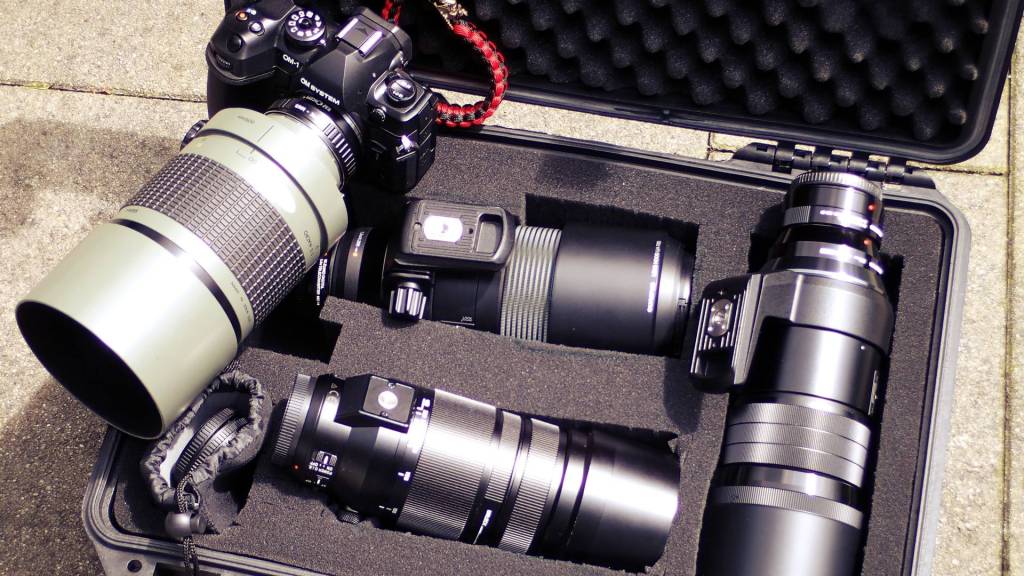
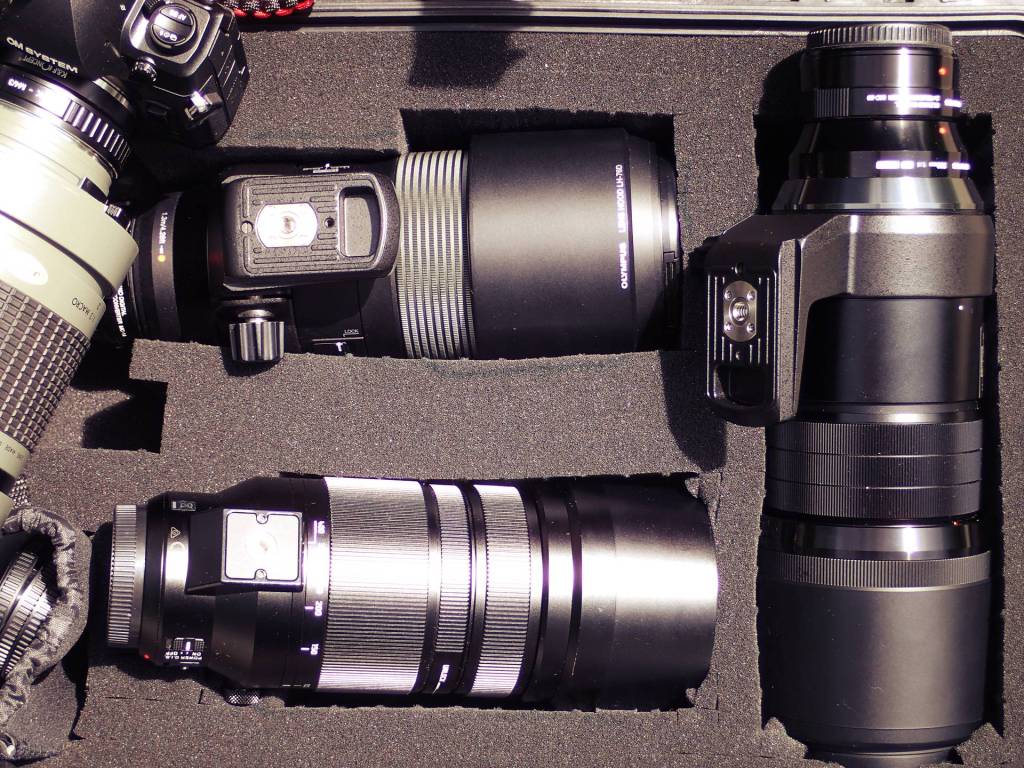
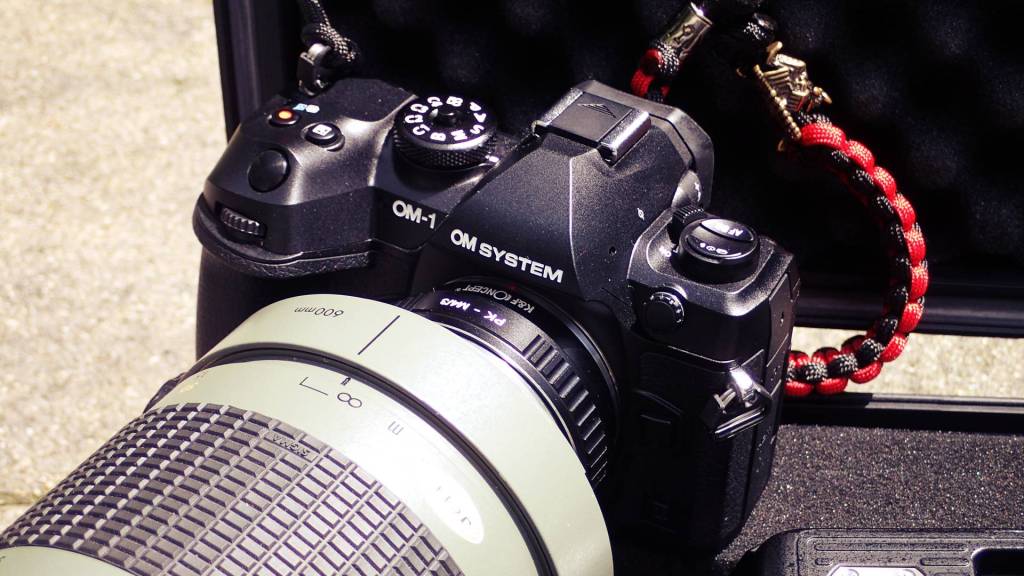
Olympus TG-4 with lens set @ 25mm & 100mm FOV equiv.35mm – the third photo shows what my aim was :
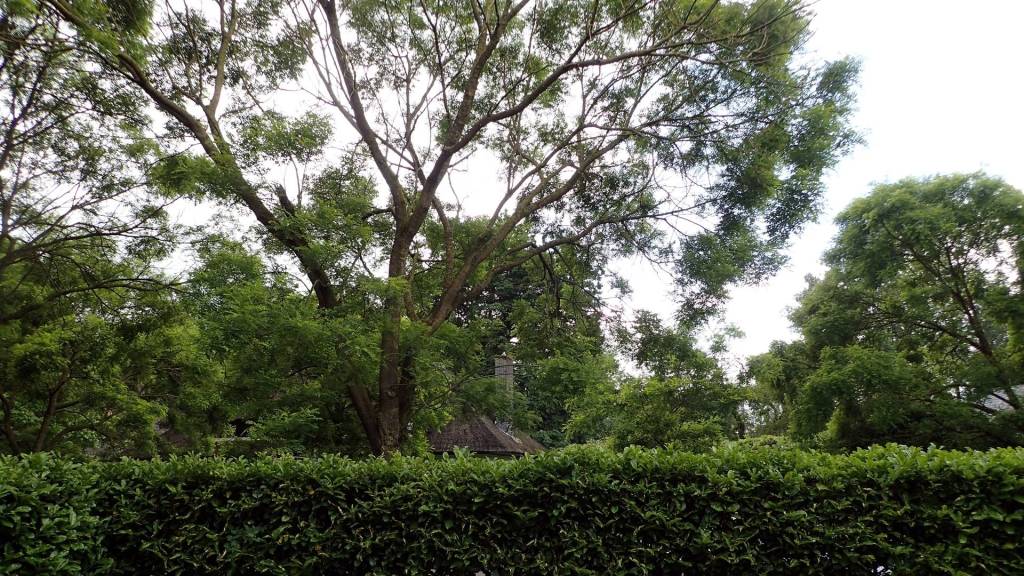
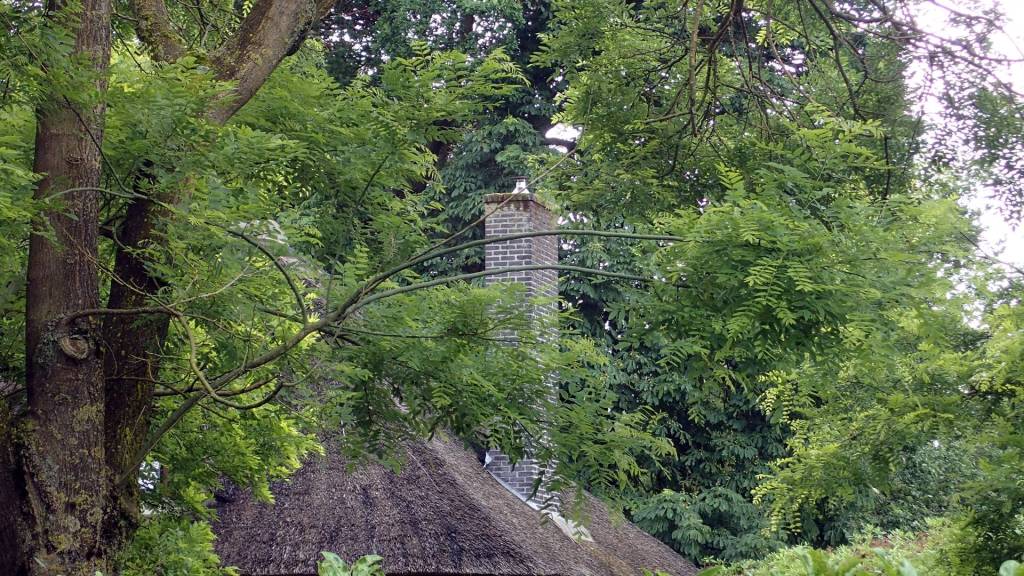
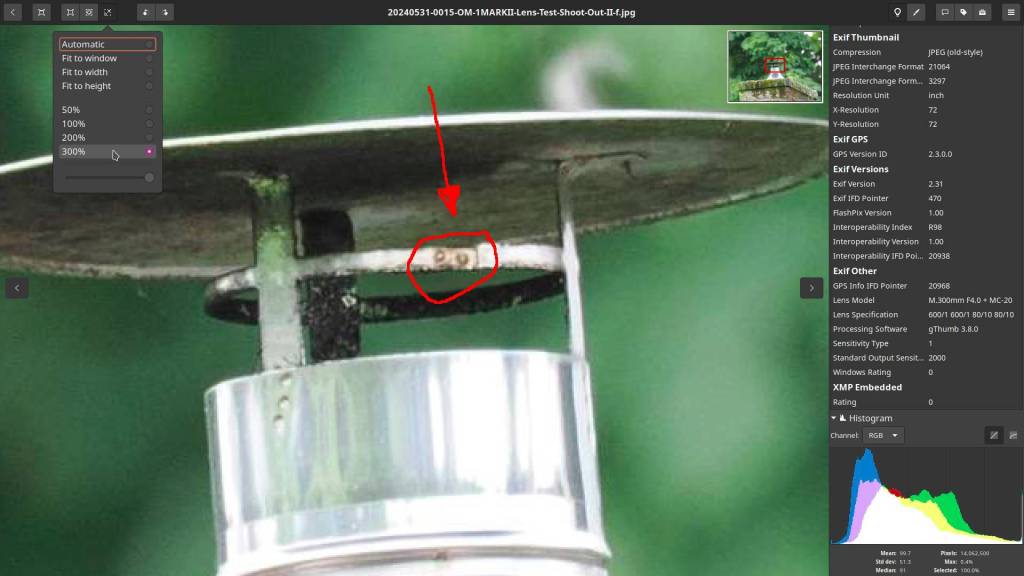
The first photo, or the photo on the left, is the normal photo at 4/3, the second photo or the right is a crop of 100%
and this is how it was done with the further test photos.
Leica DG 100-400/f4.0-6.3 = @400mm 1/500 f6.3 iso 2000 :
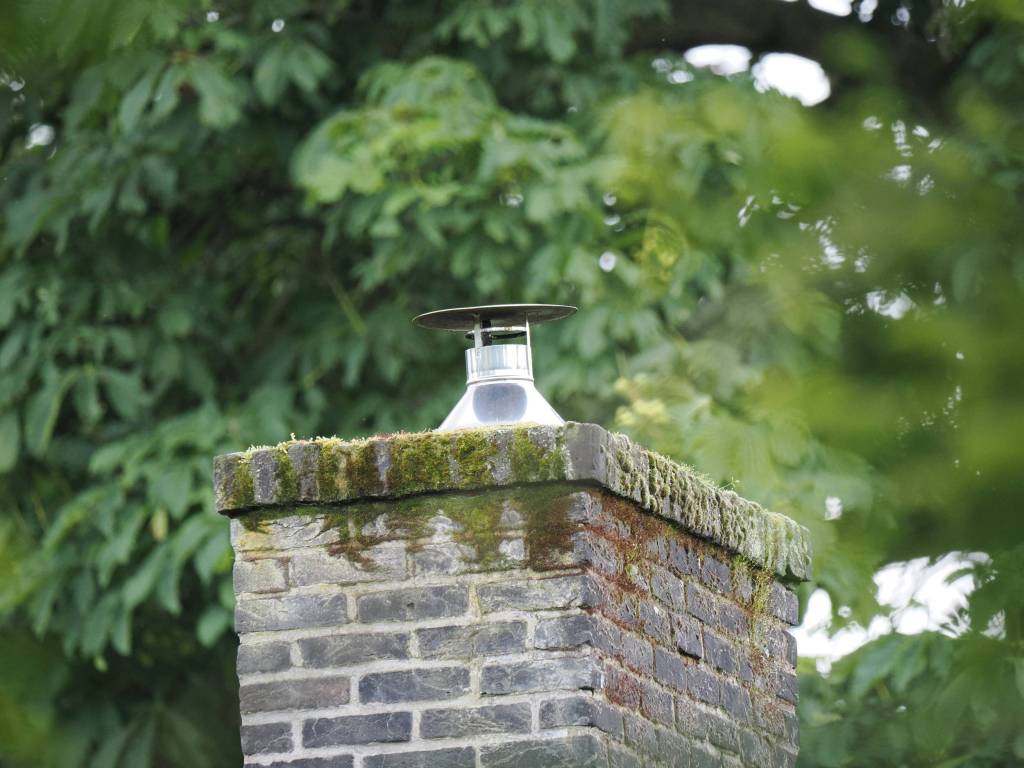
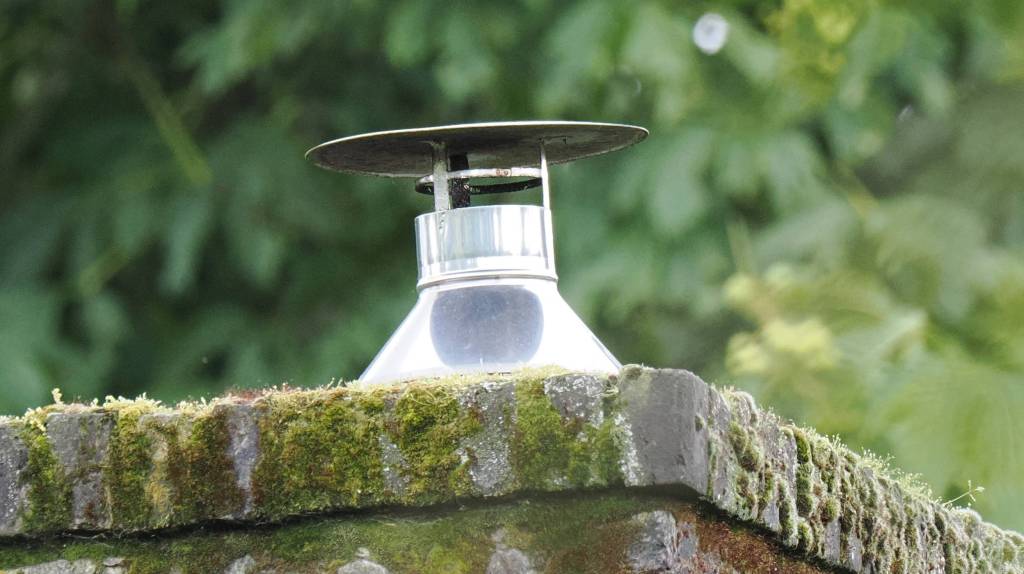
Olympus M.100-400mm f5.0-6.3 + MC-14 = @560mm 1/500 f9 iso 4000 :
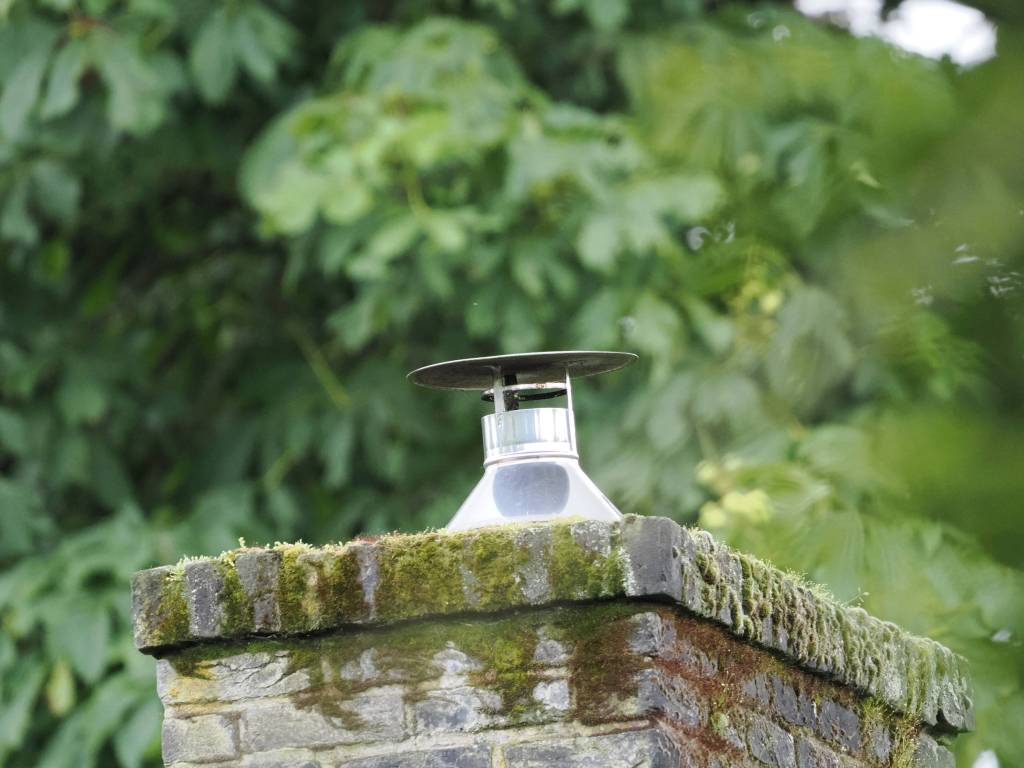
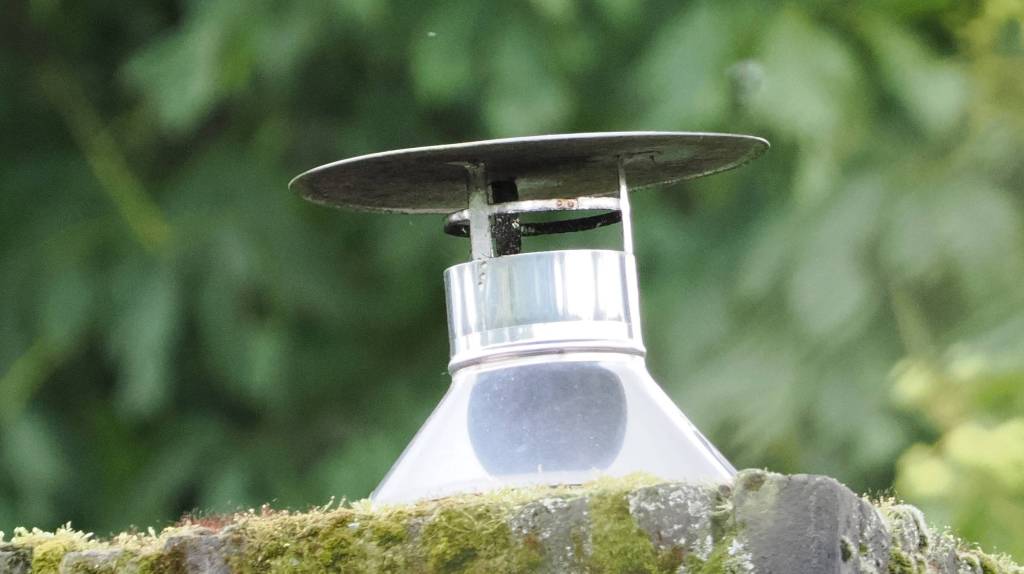
Olympus M.100-400mm f5.0-6.3 + MC-20 = @800mm 1/500 f13 iso 6400 :
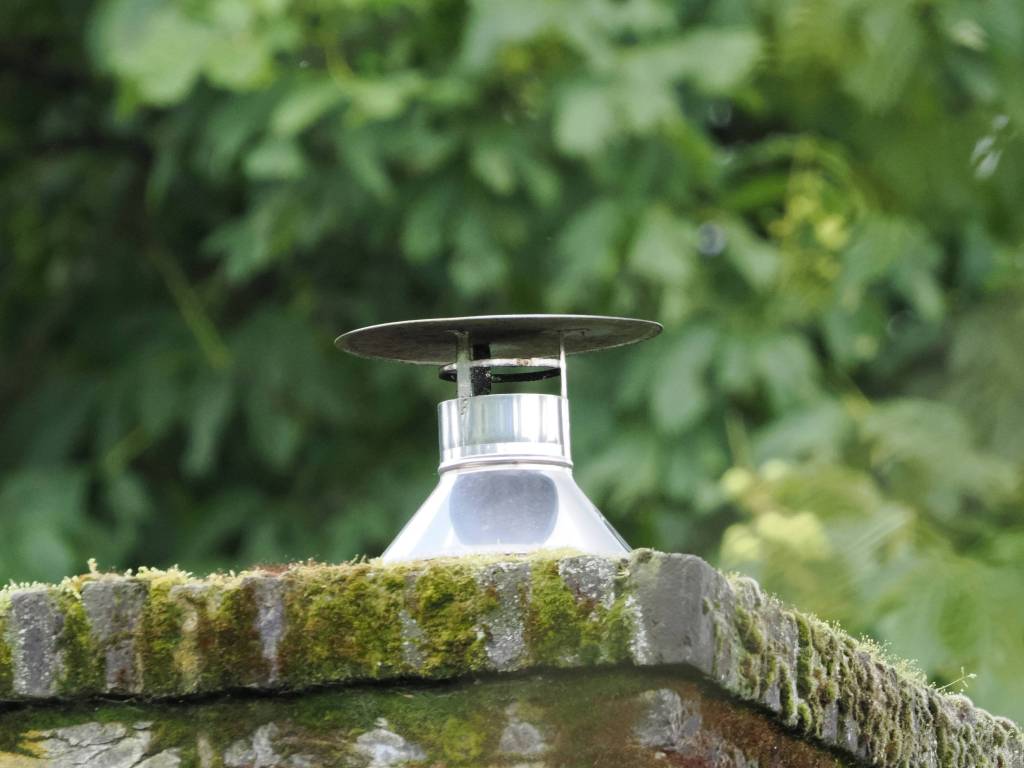
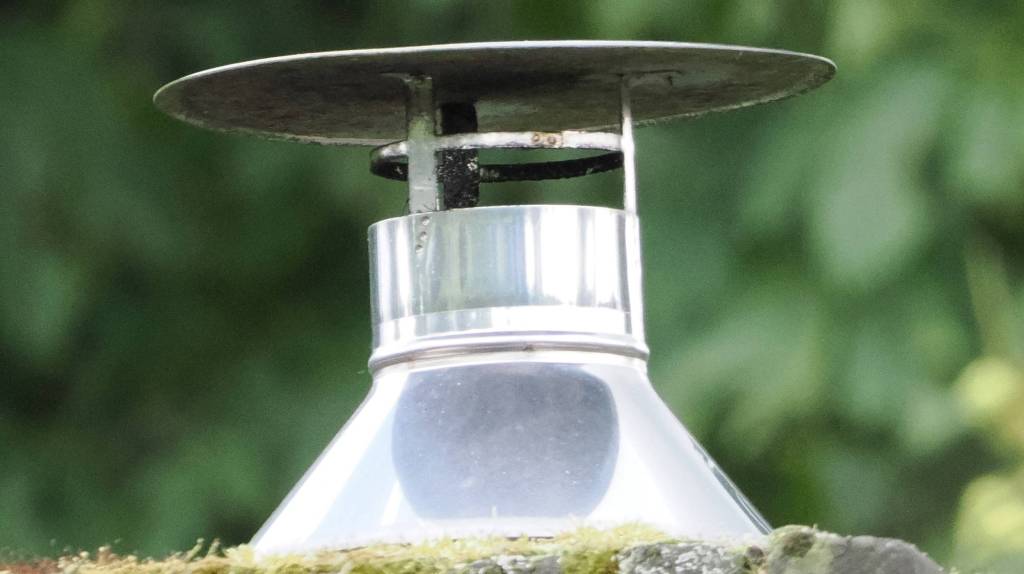
Olympus M.300mm F4.0 + MC-14 = @420mm 1/500 f5.6 iso 1250 :
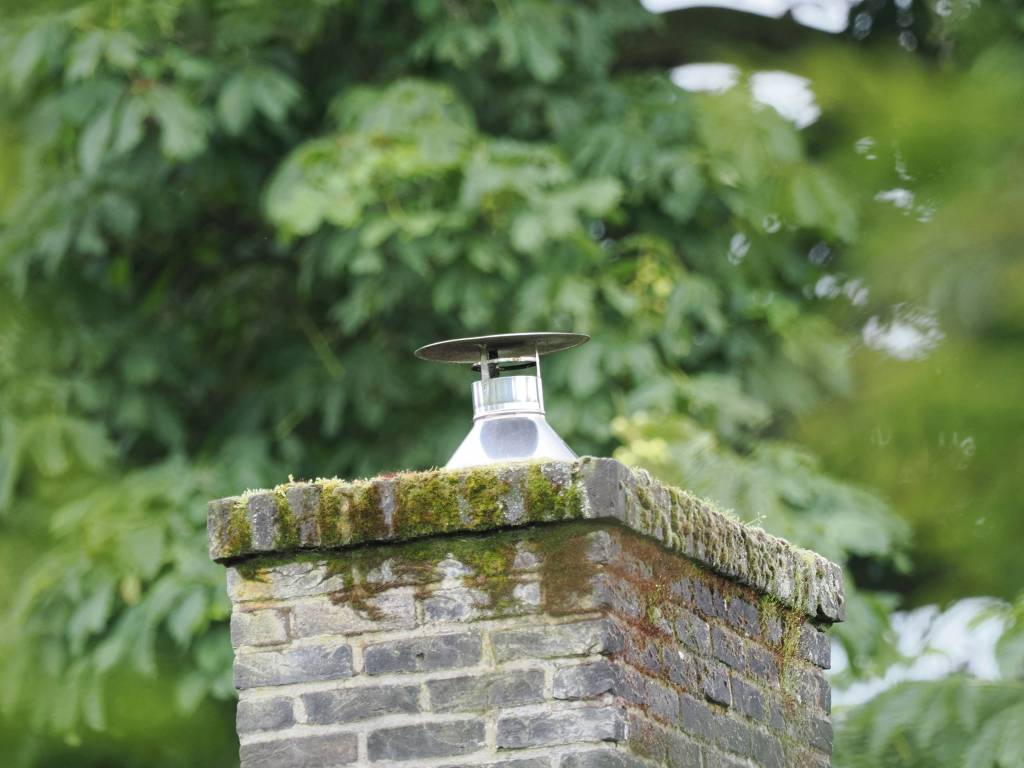
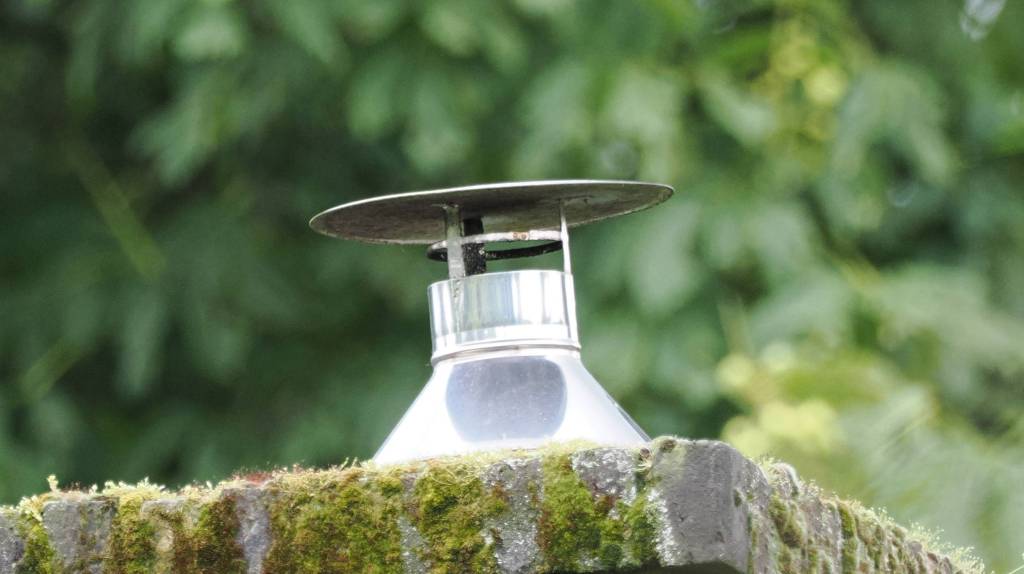
Olympus M.300mm F4.0 + MC-20 = @600mm 1/500 f8 iso 2000 :
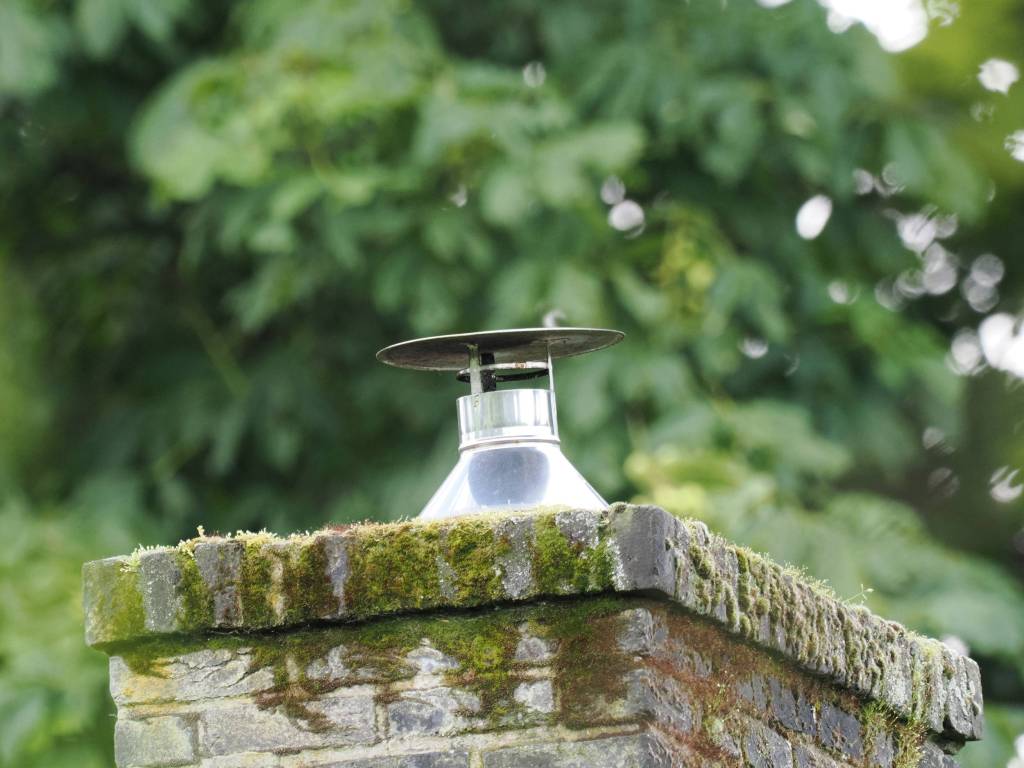
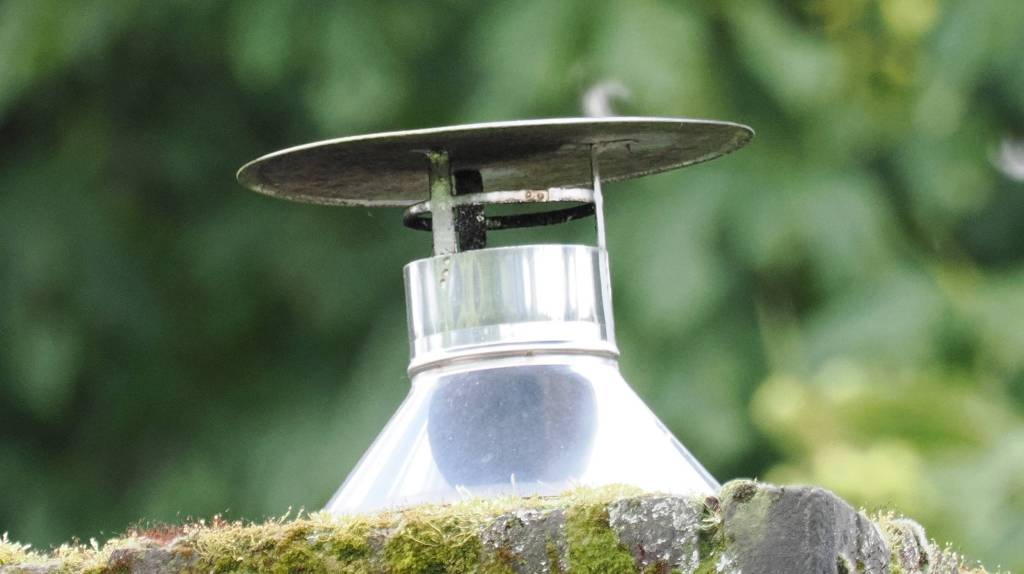
Sigma 600mm mirror lens f8 = @600mm 1/500 f8 iso 2500 :
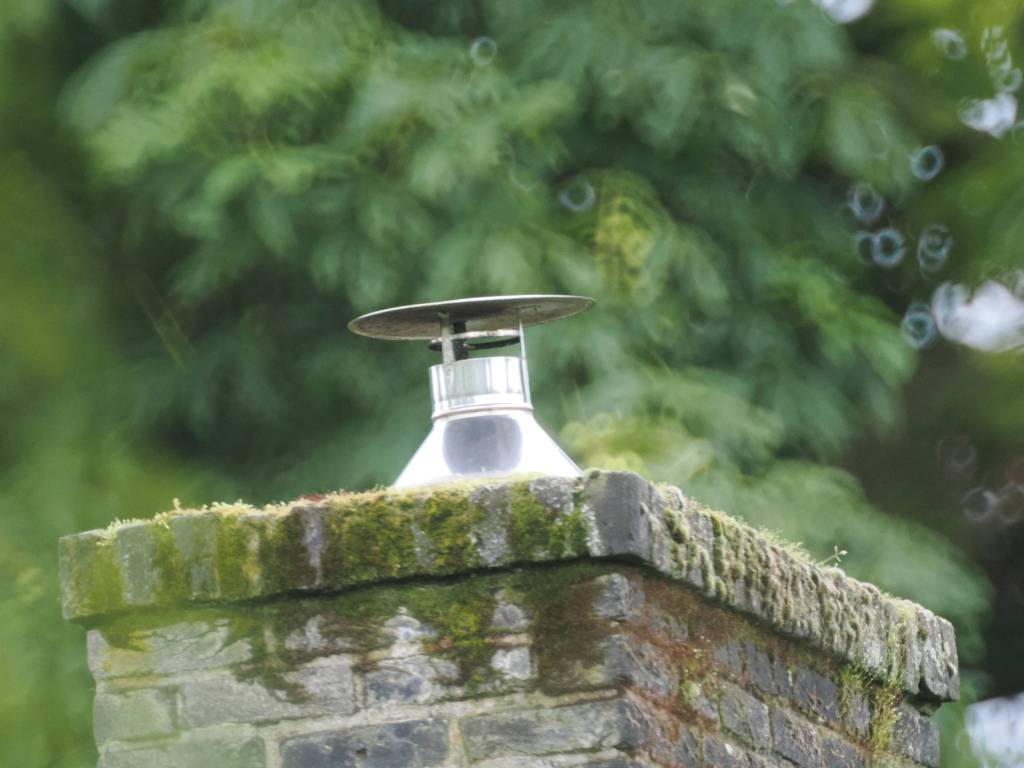
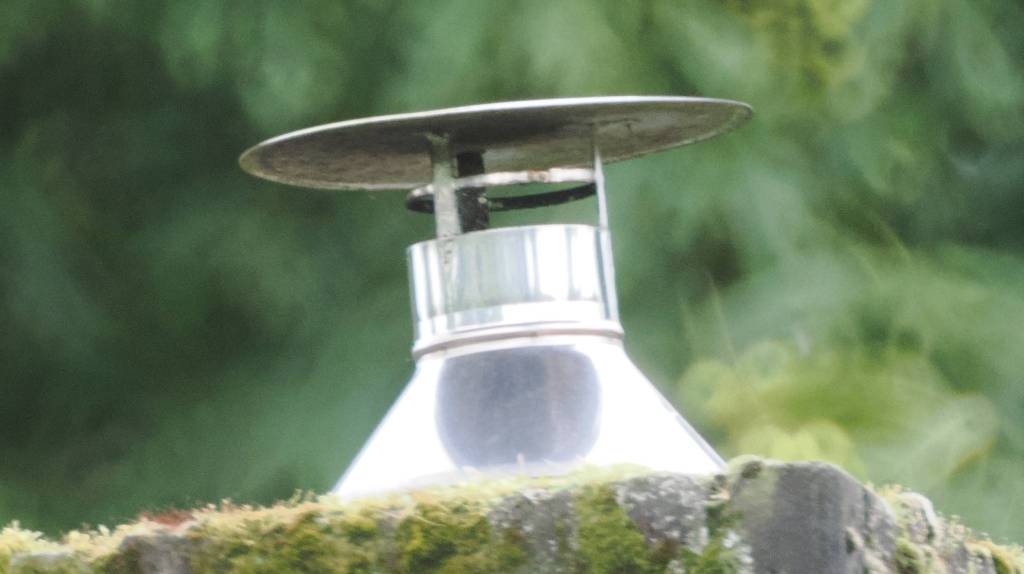
Magnification comparison Leica 400mm vs Olympus 300 +MC20 (the latter would be the same effect as the OM System 150-600mm)


This last shot was taken with the Sigma Mirror 600mm f8 + MC20, resulting in a focal length of 1200mm or 2400mm FOV equivalent on a 35mm. It was taken the day after the previous photos, with even darker weather conditions. The photo was finally taken at 1/500 sec, f16, and ISO 6400!
All photos were developed from RAW using RawTherapee with standard built-in denoising. Personally, I think RawTherapee achieves good denoising results—it’s not Topaz, but it gets the job done.
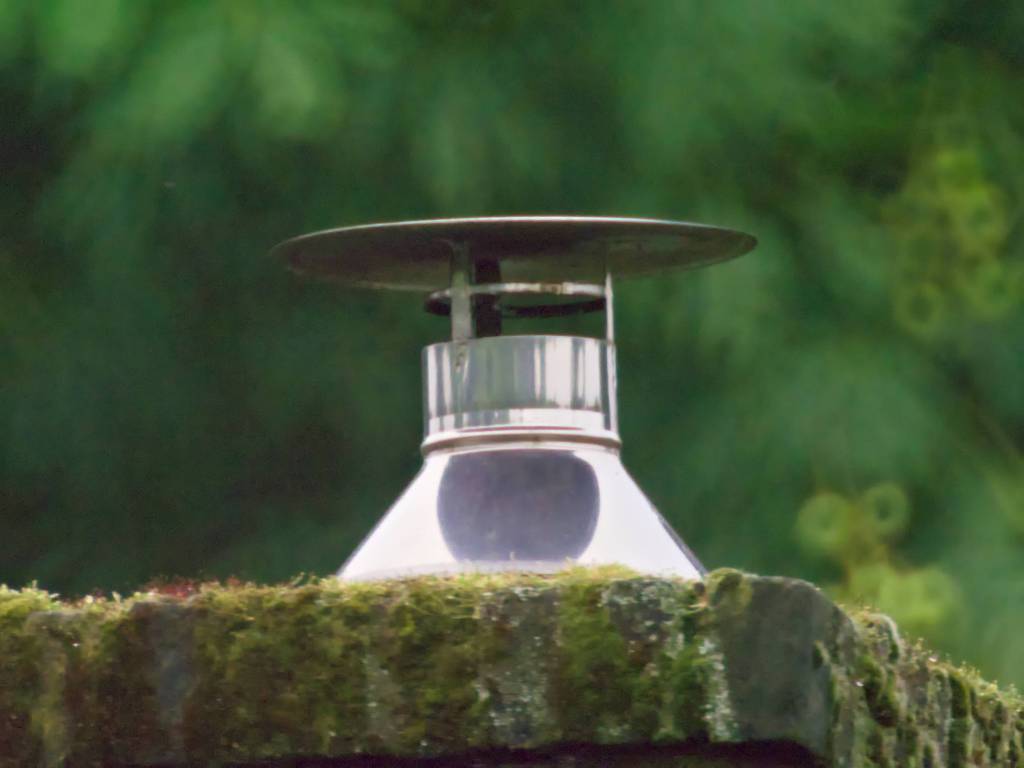
Conclusion:
Looking back at my tele photos from last year and this year, I realized that 400mm was almost always sufficient. Occasionally, I used the MC14 on the Olympus 400mm, reaching 560mm, but rarely needed more. I also tried the MC20 with the Olympus 400mm, but beyond 600mm, it became difficult to aim and stabilize. Notably, Olympus pros often use a 150-400mm lens with a 1.25x converter, indicating that beyond 400/500mm, handheld wildlife photography becomes challenging.
Recommendation:
If you’re interested in longer focal lengths, consider purchasing teleconverters if you already own lenses like the Olympus 100-400mm or 300mm Pro. For more extreme magnification with some image quality loss, the Sigma is a good alternative and can be used with Olympus teleconverters. It’s also more portable, weighing just over 1000g with an adapter compared to the 2100g of the 150-600mm. Additionally, the Sigma 600mm f8 mirror lens is affordable, often found on eBay and second-hand shops for around €150-200, with some versions like my green one around €250.
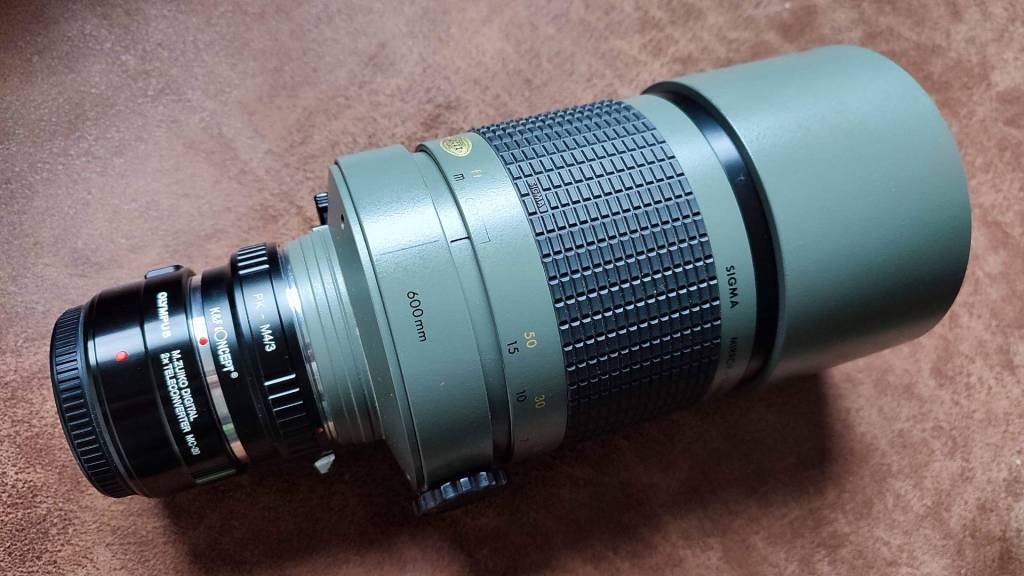
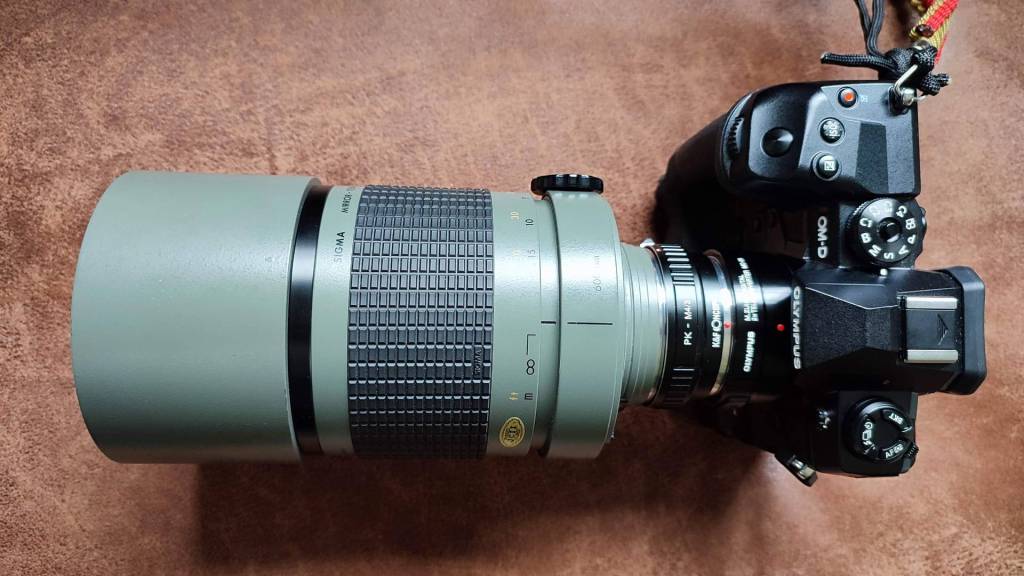
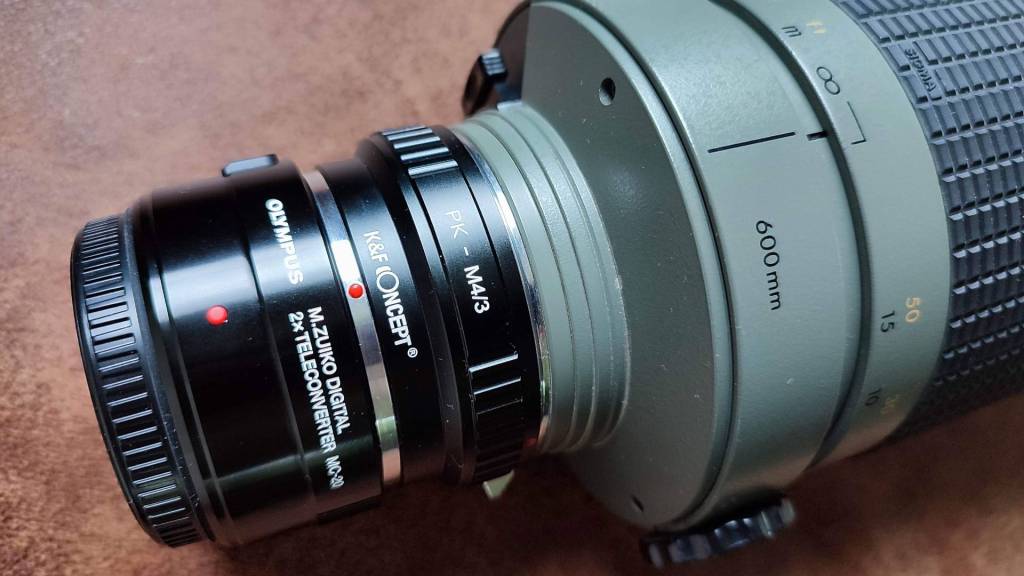
About the Sigma 600mm f/8 mirror lens : it is a compact and lightweight telephoto lens designed for long-distance photography. Key features include:
- Mirror Lens Design: Uses a catadioptric system with mirrors to achieve a long focal length in a small, lightweight body.
- Fixed Aperture: f/8 fixed aperture, meaning it doesn’t have an adjustable diaphragm.
- Manual Focus: All focusing is manual, which can be challenging for fast-moving subjects.
- Compact and Portable: Much smaller and lighter than traditional telephoto lenses of similar focal length.
- Affordable: Generally more affordable compared to conventional telephoto lenses.
Mirror lenses, including the Sigma 600mm f/8, often produce unique “doughnut-shaped” bokeh due to their optical design. They are particularly useful for wildlife and astrophotography when budget and portability are primary considerations.
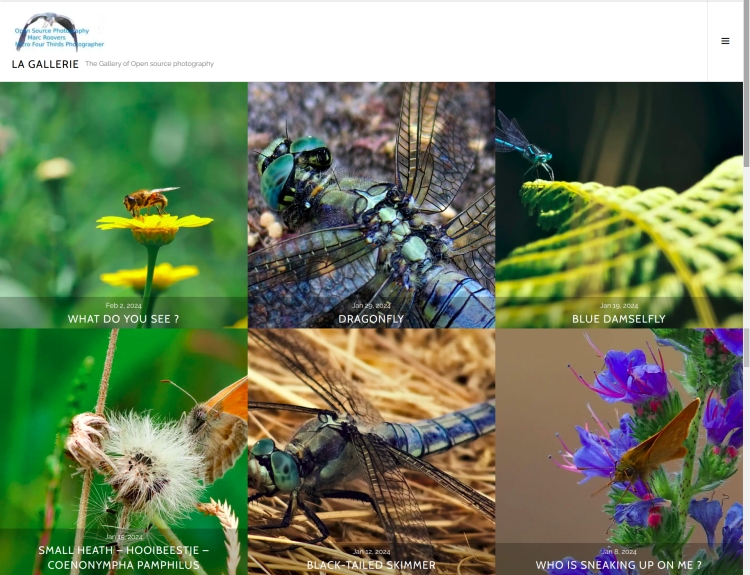
The photo gallery of Open Source Photography, Olympus micro 4/3 system, Vintage Lens Photograpy, Film Simulation, PictureFX, HDR – Photographer : Marc R.
Discover more from Open Source Photography
Subscribe to get the latest posts sent to your email.


